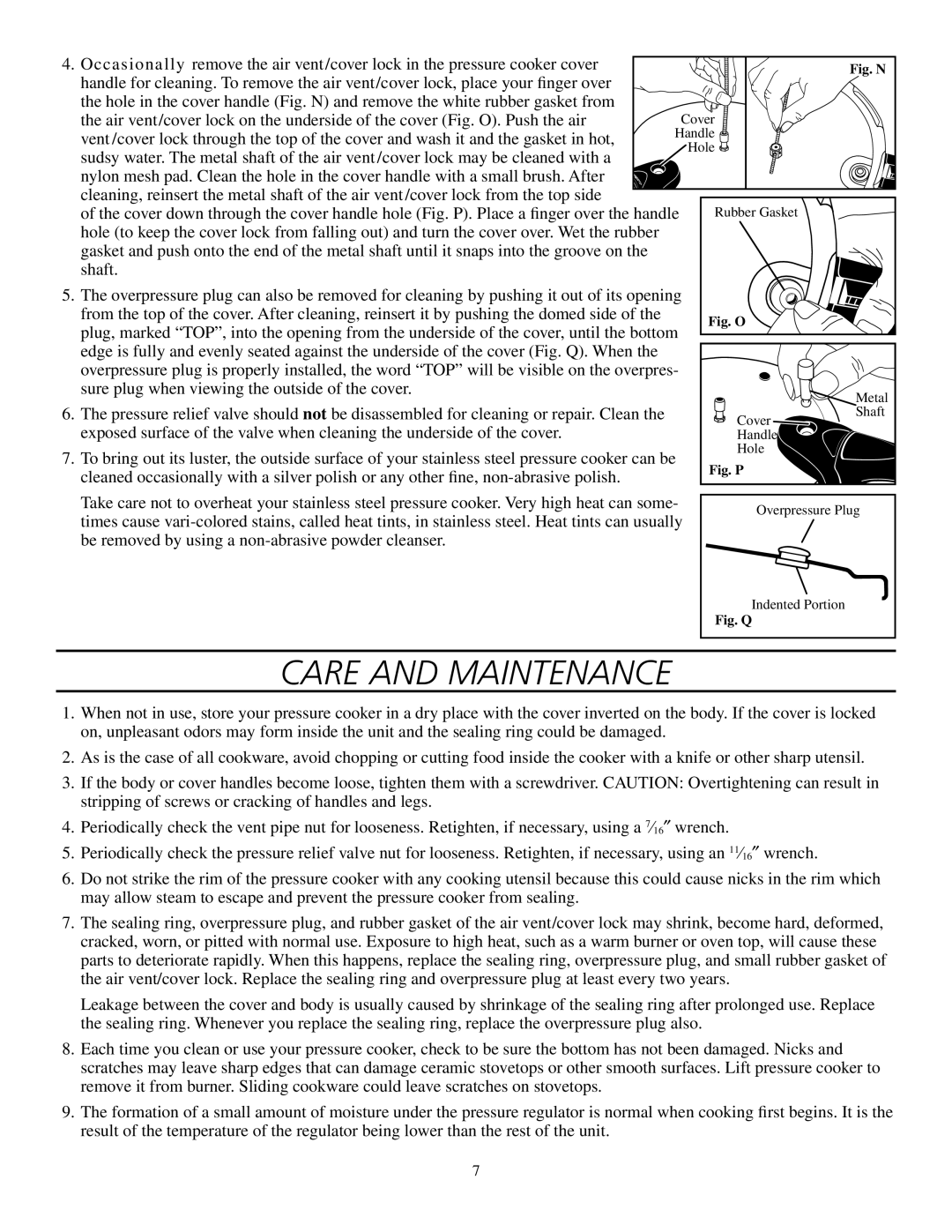Electric Pressure Cooker specifications
The Presto Electric Pressure Cooker is an innovative kitchen appliance designed to make meal preparation faster, more efficient, and incredibly convenient. Combining the benefits of traditional pressure cooking with modern technology, this cooker has become a staple in many households.One of the standout features of the Presto Electric Pressure Cooker is its one-touch digital controls. Users can easily select from various cooking options, including pressure cooking, slow cooking, sautéing, steaming, and even making yogurt. This versatility means that the cooker can be used for a wide range of recipes, from hearty stews and soups to delicate desserts, all with the push of a button.
The pressure cooking technology used by Presto allows for significantly quicker cooking times compared to conventional methods. The high-pressure system locks in moisture and infuses flavors, resulting in tender meats and perfectly cooked vegetables. The unit heats quickly and maintains a consistent temperature, ensuring even cooking throughout.
Safety is a top priority with the Presto Electric Pressure Cooker. The appliance is equipped with multiple safety features, including a sturdy locking lid, pressure release valve, and an automatic steam release. These features help prevent dangerous situations while pressure cooking, making the process worry-free for users.
In addition to its cooking capabilities, the Presto Electric Pressure Cooker is also designed with user convenience in mind. Its non-stick cooking pot is easy to clean and dishwasher safe, enhancing its appeal for busy families. The compact design allows for easy storage, while the sleek, modern aesthetics ensure it fits beautifully on any kitchen countertop.
Energy efficiency is another key characteristic of the Presto Electric Pressure Cooker. It consumes less energy than traditional stovetop cooking methods, making it an eco-friendly choice for the environmentally conscious home cook.
Overall, the Presto Electric Pressure Cooker stands out for its combination of advanced technology, user-friendly features, and focus on safety. Whether you're an experienced chef or a novice in the kitchen, this electric pressure cooker offers a reliable way to prepare delicious meals with minimal effort, making it a valuable addition to any culinary toolkit.

